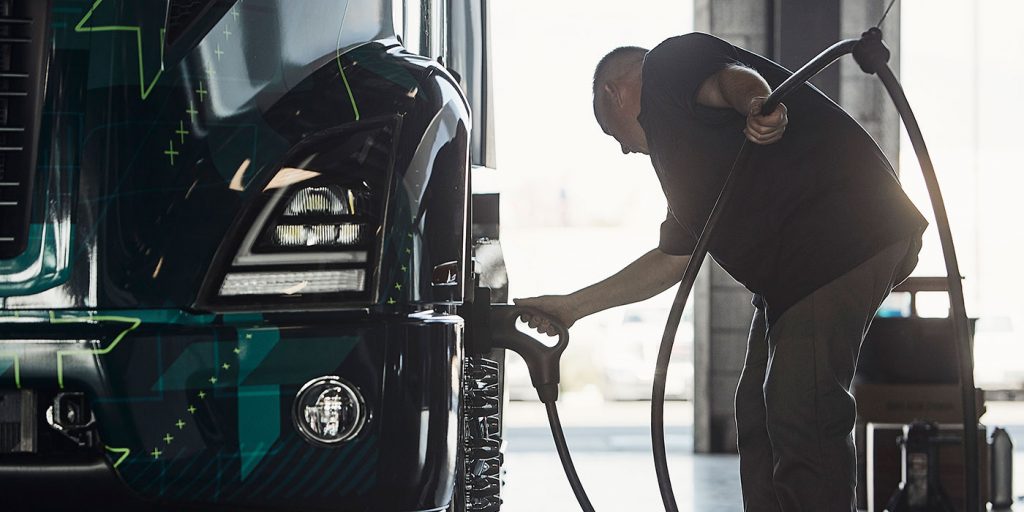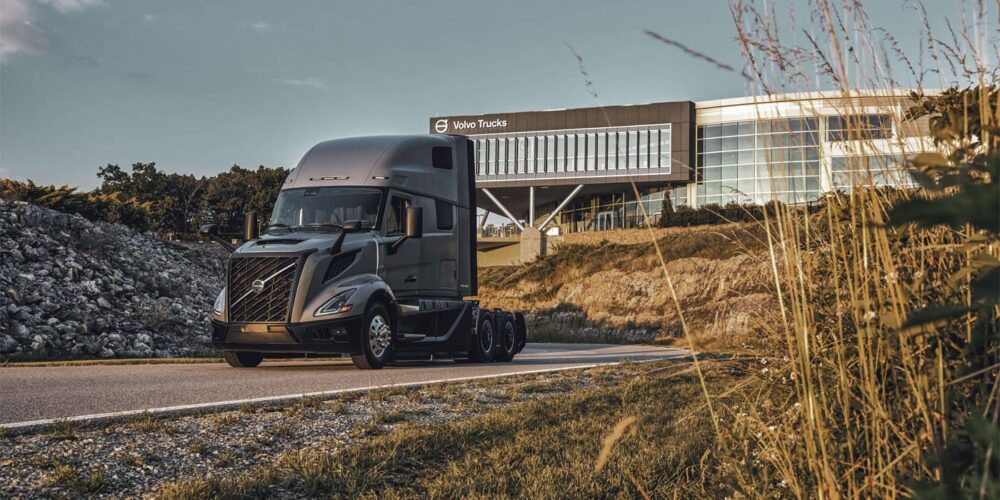Electric truck charging infrastructure can be confusing, especially when fleets that have talked diesel MPG need to talk electric Kwh. At the Volvo LIGHTS Project event that highlighted a collaborative approach to truck electrification, a panel of speakers took to the TEC Equipment shop floor next to newly-installed ABB chargers to tell fleets: You’re not alone. To bring electrification to your operation, you need to start talking with utilities and infrastructure solutions providers who can help you find answers.
Here’s what the panelists talked about during the event.
On what goes into establishing charging infrastructure
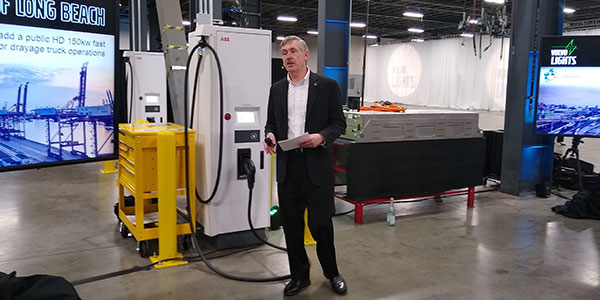
Keith Brandis, vice president for product planning at Volvo Trucks:
“This is a collaborative effort and you’ll see what it takes in order to put this in place. If you’re a fleet owner and you’re thinking about what you need to do to start, there’s a lot that you have to recognize and you have to prepare many months in advance.
“What you see here at TEC Equipment was a facility that was new, only two years old, and it already had existing electrical architecture for us to bring the 50-kilowatt chargers in the service space. Not every facility is as well prepared. I can tell you after we signed, we did the initial site walks. We brought together various partners, and the key to putting an engineering plan in place is that it’s necessary to know not only the location but also the capability of the electrical grid that you have in place. Then, we review that site plan and we make recommendations in terms of the types of equipment and the types of capabilities that you have.
“After reviewing those site plans, we took a proactive step and met with the authorities having jurisdiction, the local county, for example. We talked to the fire marshal. We talked to the building inspectors. We talked to the electrical department. We prepared in advance for the permitting process and all the questions and all the learnings that we had along the way. We put together the final plan, had a contract known budget, known time in place and we brought the drawings together for the permitting process. After that, we began construction.
“We also submitted the plans to the utility company. Then we began the timing for power on. It’s one thing to have the chargers installed. It’s another to have the power on and all of the inspections in place. This whole process took about six months and it will vary depending on your location. Every site is different and it will also depend on whether you’re talking about a new site or an older site. The point is to start early, ask the questions early, begin bringing in [a lot] so that you have all of the experts together.”
On the role software can play in reducing charging costs
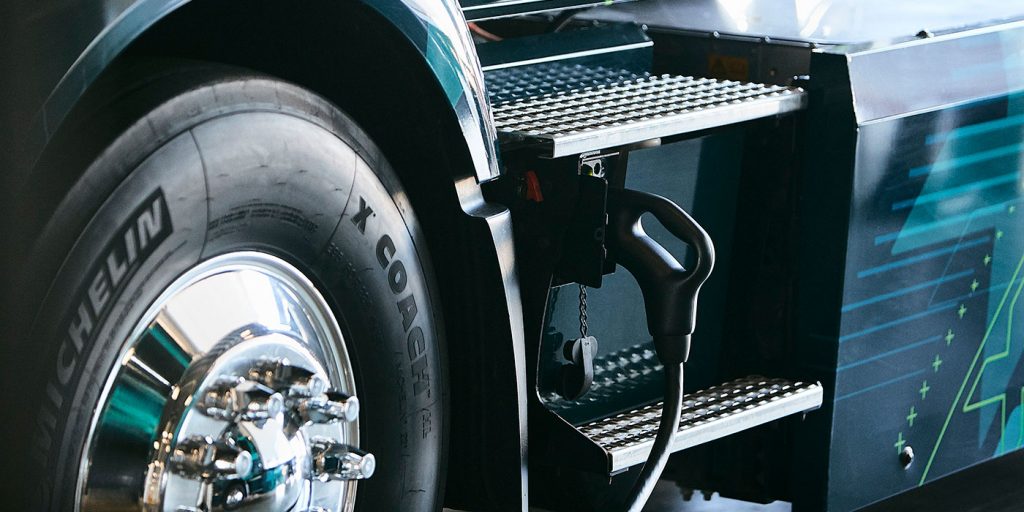
Idine Ghoreishian, Greenlots senior manager, auto OEM integration:
“Software and mobile apps are essentially the core products that we’re bringing from Greenlots. Once the charger is installed, the job is not done because now there’s the customer support, the operations and maintenance and also you have to understand that there’s going to be a lot of data. All of that data and what that means will allow us to learn so we can grow to the next step.
“Specific to the Volvo LIGHTS Project, the EV charging software is going to be a key factor to be able to help operate and monitor the networking of all the charging stations. You’re going to see more power usage from the facility and you need to be able to manage energy bills. We have a digital platform for the fleets and the auto OEMs as we, as they expand their immobility offerings.
“It’s a significant increase in electricity needed to charge heavy-duty vehicles, particularly at peak times, and that’s going to present a very unique challenge for utilities. They’re tasked with ensuring that the local distribution networks are sufficient and stable enough to meet demand at any time. Once that power increases and the grid has to make sure that it’s not stressed too much because they’re running the risk of damage or default to a power outage.
“For the Volvo LIGHTS Project, our team has developed software solutions to help safely and cost-effectively balance the power demands of electric fleet vehicles, warehouse facilities and the electric grid. In relation to that, there are three critical areas that we’re going to help deliver. Those would be smart charging, grid splits, stability and load management. What that means is as a fleet operator’s facility is about to reach its peak energy usage, our software will automatically be able to adjust the rate and speed of the vehicle charging to avoid hefty peak demand charges. We can also further mitigate the cost by tapping into the facilities onsite solar and battery storage if available.
“The smart charging and the optimization solutions can dynamically respond to building load requirements and this helps ensure that the EV load does not exceed the capacity while still making it easy for the vehicles to charge when they need to. All of this is critical as we work together with all of our partners to ensure a financially viable solution and a competitive total cost of ownership.
On charging hardware details
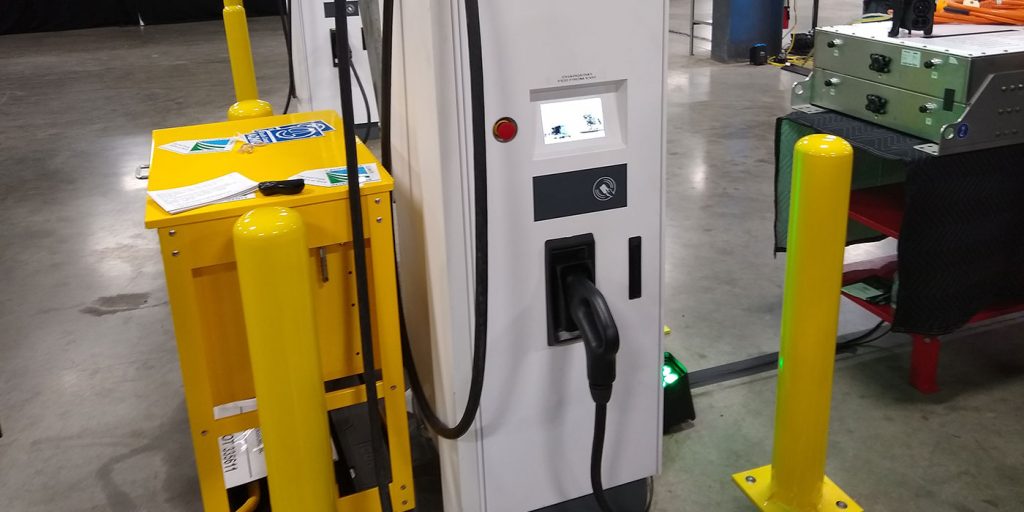
Steve Bloch, western regional vice president, ABB:
“The No. 1 question I always get is: How do my drivers interact with these stations? How do they use it and how do we collect all this data? And there are a lot of different options. One is you can set the station into what we call an open access mode. Anybody uses it – they can just plug in.
“Then we have some customers who want to track charging by driver. So we’re going to give each one a unique RFID key fob that the driver will swipe and authenticate. Some customers want to use a mobile app and have the driver be able to have all the sophisticated information in real-time.
“The last one is a feature called Auto Charge. What is happening here is that when you plug in the truck through the CCS connector, each vehicle has a unique identifier and that information is sent to the charging station. And then we send that to the Greenlots cloud. They can authenticate that vehicle, they can see which vehicles been plugged in, and then it could capture all that information in their cloud. From there the signal is sent back to the charging station.”
On working with your utilities
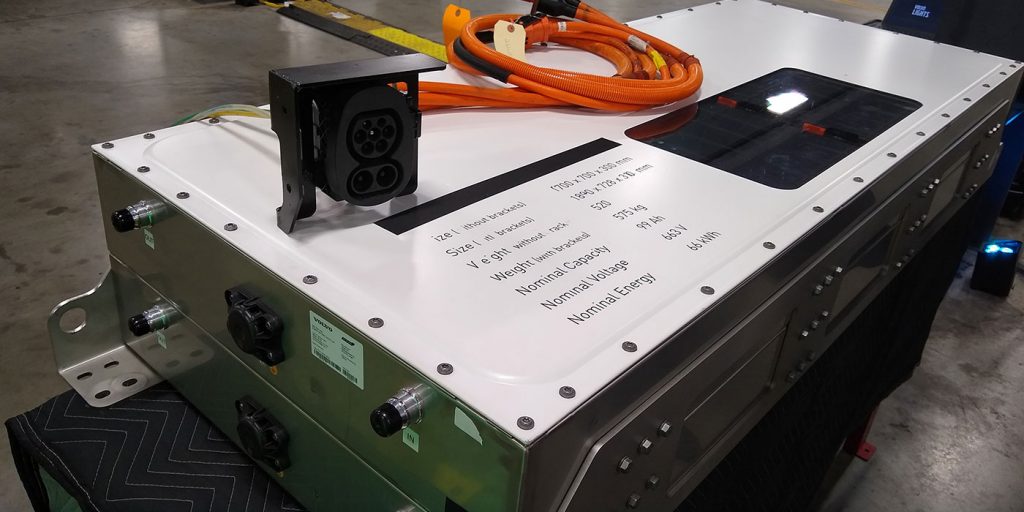
Katie Sloan, director, emobility, building electrification and customer service governance, Southern California Edison:
“So, how do we see our role in helping our customers adopt these electric vehicles? There are three pillars that are important for us to address. Affordability, availability and awareness. On the affordability piece, we see that we can help buy down the cost of infrastructure, which can be very expensive when you’re installing charging stations. There’s a cost of the chargers, but there’s also the cost of all of the wiring and conduit building designed to put those chargers in. That can be 70% to 80% of the overall cost of a project.
“We have plenty of power to support this transition to electricity, but that doesn’t mean that it’s exactly where it needs to be. It’s important to engage your electric utility as soon as you start thinking about bringing some of those vehicles into your fleet so that we can plan.
“The truth is we’ve been building out our electric grid for over a hundred years and there’s always new technologies that are being put on the grid. We’re really good at adapting and making sure that we have the power when and where it’s needed. But sometimes there are longer lead times. That’s why it’s important to talk to us and we can help you scale.”

